How important are international art fairs to the art market?
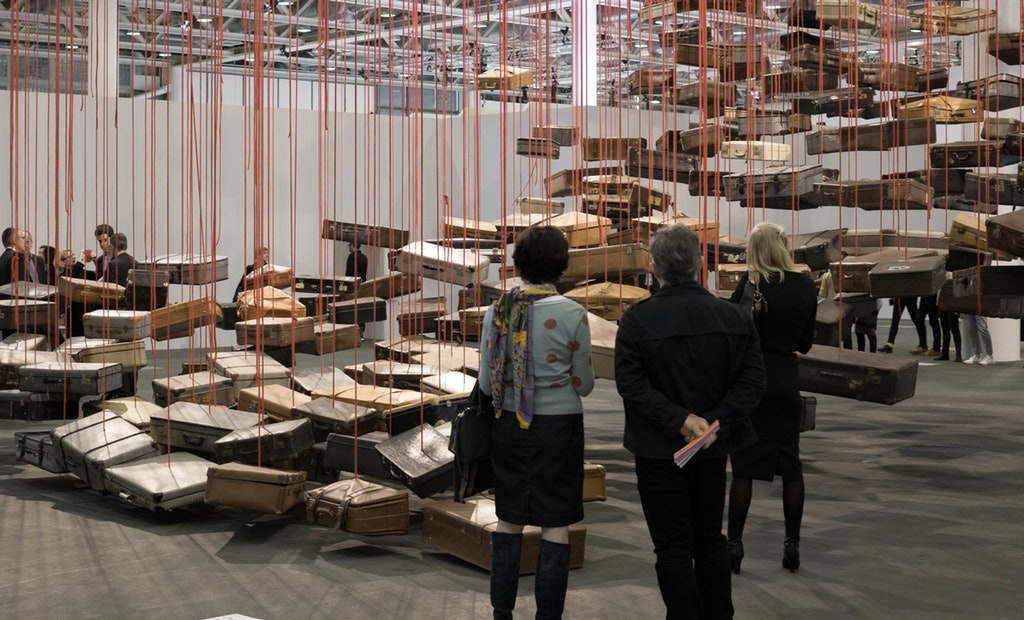
If you graced Venice’s Giardini pavilion last summer, you would have stumbled across a stunning wall of coloured vertical lines, pooling into a mess on the ground before your feet. This was the Giardini Colourfall – the largest installation to date by Turner Prize-nominated British artist Ian Davenport. As you made your way further along the pavilion, you would have seen further installations, sculptures and paintings by more of the world’s best artists. All of them were exhibiting as part of Venice Biennale 2017, one of the biggest international art fairs in the world.
Similar art fairs are held worldwide each year, bringing artists, collectors and enthusiasts together to celebrate some of the best artwork on the planet. They’re always glamorous affairs, taking place in cities like Venice, London, New York and LA, and attracting some of the art world’s biggest names, and biggest spenders. But this glamorous air could, in fact, be the problem with international art fairs. While observers have accused them of elitism, they have also been levelled with charges that they are bad for the arts as a whole.
The high cost of international art fairs
Frieze’s fairs are some of the most esteemed entries on the art world’s calendar. Founded in London in 2003, the events now take place annually in London, and New York, with a Los Angeles fair launching in February 2019.
Reporting for the Independent, art critic Michael Glover took a visit to last year’s Frieze at London’s Regent’s Park. Prompted by an artist acquaintance of his who said “I don’t do Frieze” when he asked her if she was going, Glover investigated the darker side of the fair. He noted that, though Frieze is ostensibly a trade fair where all the pieces are for sale, none of them was displayed with price tags of any description. Instead, punters were expected to ask for the prices—a surefire sign that nothing would be particularly affordable.
On top of these prices, there are the steep entry fees and the huge costs of exhibiting. One exhibitor estimated that his stand had cost at least £45,600 to rent and £22,800 to decorate, meaning only the very wealthy can afford to set up shop at Frieze. Due to the market-oriented nature of the fair, and the class of its patrons, Glover concludes that Frieze represents “art for the nouveaux riches”. Venice Biennale, though only 25€ to peruse, is also a major hub for art buying, with much of the activity geared towards this purpose.
Clearly, fairs like these are no way to make fine art accessible to the public, but that doesn’t mean they aren’t crucial to the continued success of the art industry. The Economist describes art fairs as “the meeting point for the masses and the money that have always made up the DNA of the art world”.
Art fairs keep the industry’s wheels turning
Though similar on the surface, Venice Biennale works very differently to Frieze. Individual stands are replaced with pavilions, each assigned to different countries, with national arts bodies overseeing them and a single artist representing each country. At next year’s Venice Biennale, Northern Irish sculptor Cathy Wilkes has been chosen as Britain’s artist. Though not a household name by any stretch, Wilkes was nominated for the Turner Prize in 2008, and won the inaugural Maria Lassnig prize in 2016.
By giving artists like Wilkes such a large platform, the Biennale helps promote and nurture artistic talent and introduce the wider world to some outstanding work. In this sense, international art fairs can have a non-financial benefit for the art community. There is, however, a significant reason that art fairs need to continue. And, as unfortunate as some might find it, that reason is money.
In an ideal world, artists would be able to produce art to share freely with the world. But creators, gallery owners, and organisations all need money to survive. These art fairs bring in a significant amount of money and help curators gauge the latest trends. Without them, the galleries and museums we love to visit would struggle to stay afloat.
The editorial unit







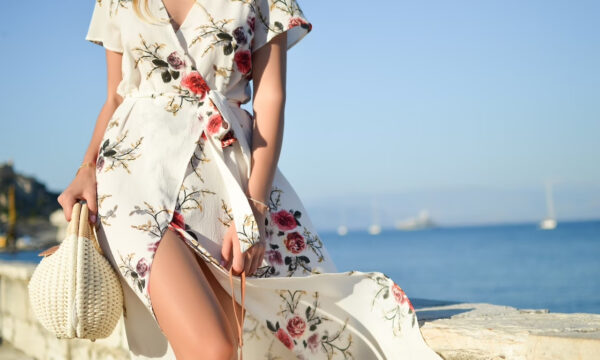



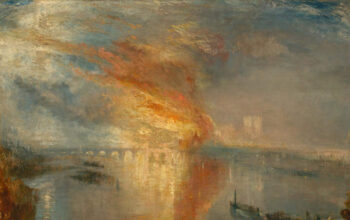

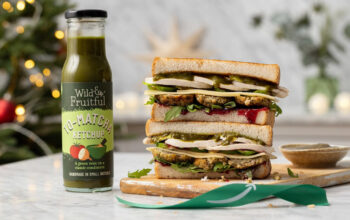

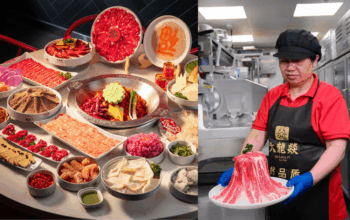



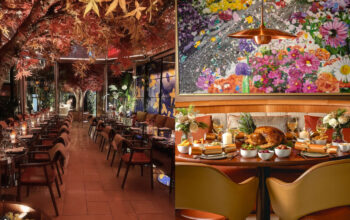





Facebook
Twitter
Instagram
YouTube
RSS